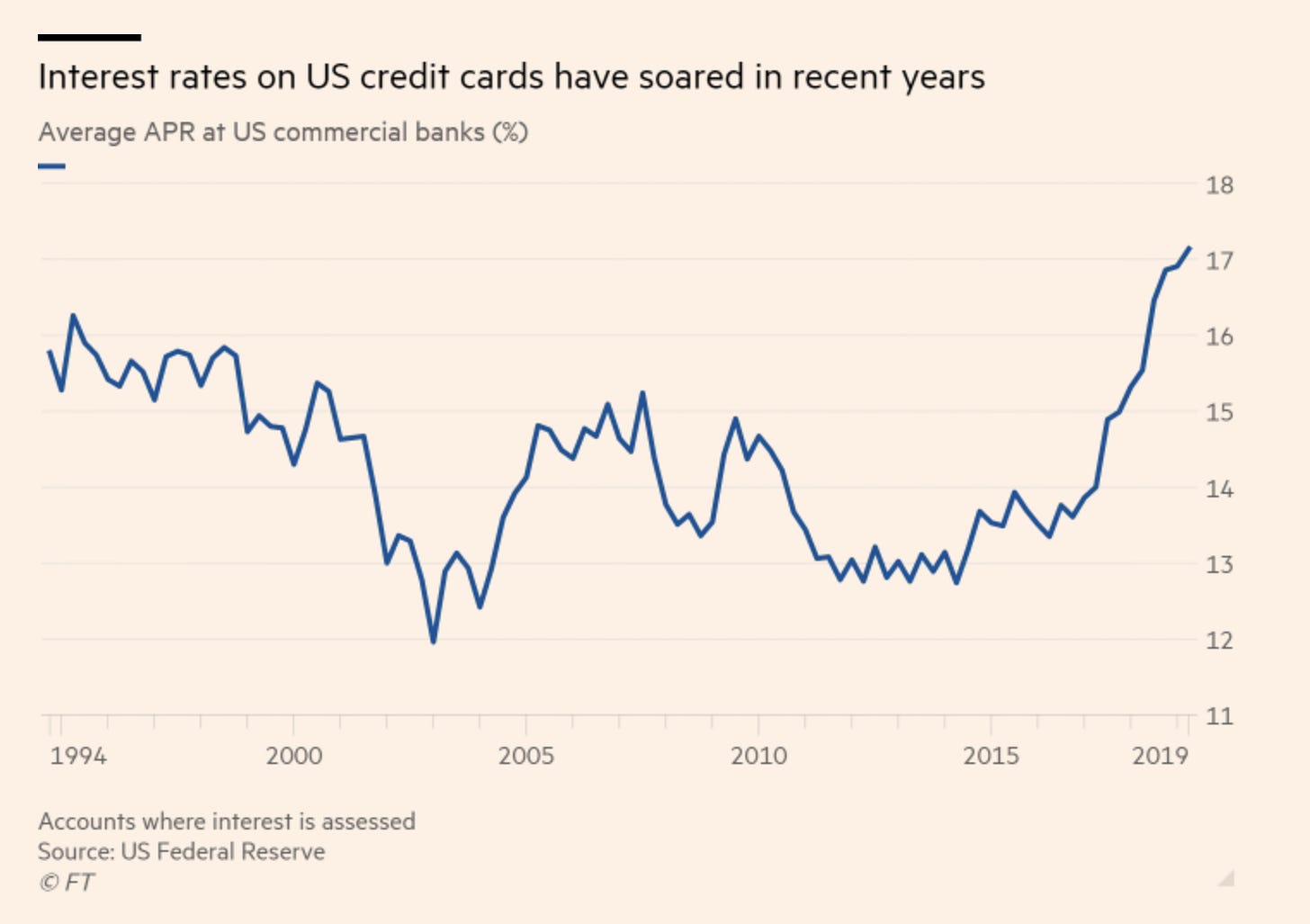Noah Chestnut (NMC) is a director of product at Bleacher Report. While pursuing a master’s in the history of propaganda in 2007, he started blogging about his local professional football team as a form of relaxation and has been obsessing over the habits of sports fans ever since. Obvious disclaimer - these thoughts are just his and not his employers.
Noah Chestnut here. I grew up (b. 1985) reading my local newspaper’s sports section every morning over a bowl of instant oatmeal. Each time I return to my childhood home, It saddens me a little bit more to see the local paper continue to get thinner. I know I’m not lacking for sports content in 2019, as I’m inundated with scores and news from group chats, Twitter, Instagram, and the B/R app (shameless plug alert). A few years ago, I made peace with the idea that the “sports section” (heck, the local newspaper) was something destined for a future Smithsonian exhibit.
Or is it? A few weeks ago Bloomberg reported that The Athletic—a start-up that sells the “local sports section” as a standalone product in over 25 regional markets—has over 500,000 paying subscribers and is projecting 1 million subscribers by the end of 2019. Putting that 500,000 number in perspective, according to Harvard’s Nieman Lab, the New York Times has 2.7 million subscribers, the Washington Post has 1.7 million, while the LA Times and Chicago Tribune have 170,000 and 100,000 respectively.
Within three years, The Athletic is already substantially larger than any metro paper. Yet, most of The Athletic's journalists used to work for these newspapers just months ago!
Why is that interesting?
Maybe people actually do still want to spend money to read articles in 2019? In an era of nearly infinite free things to read online, what can we from The Athletic's rapid growth?
Rewind 3 years. Founded in 2016, The Athletic’s playbook is to pick a city or region and poach all of the best local print, radio, and TV sports journalists. In a now infamous interview with the New York Times, Athletic co-founder Alex Mather said (and has later apologized for):
“We will wait every local paper out and let them continuously bleed until we are the last ones standing,” Alex Mather, a co-founder of The Athletic, said in an interview in San Francisco. “We will suck them dry of their best talent at every moment. We will make business extremely difficult for them.”
Mather said “the quiet part loud” and apologies or not, this is still their playbook as evident by “the bomb they set off” when they recently opened over 50 new jobs in the UK and started to hire nearly every Premier League writer they could find.
I think understanding The Athletic’s strategy starts by looking first towards Netflix instead of the New York Times, USA Today, or the Cleveland Plain Dealer. Sports is primarily an entertainment product and it’s misleading to equate sports journalism with the rest of the newsroom. Fans aren’t buying subscriptions to The Athletic to fund investigations into corruption. Fans pay for The Athletic to follow the soap opera(s) surrounding their favorite teams and maybe find a hot take they can use to argue with their friends. As more newsrooms look towards sports - and in particular The Athletic - as a potential model to “save” local or national news, it’s critical to keep in mind that the sports section of the paper was its own product with its own audience.
I think how you react to the Athletic’s tactics is revealing as to your own personal sense of what’s savvy versus predatory. As newspapers and radio stations lose audience, The Athletic intentionally hires journalists—especially those with large Twitter followings—away from these newspapers with the assumption that these writers will convince fans to buy an Athletic subscription. Without the legacy costs of supporting the rest of a newsroom, The Athletic can focus its budget ($90 million in venture capital) to acquire new subscribers by running targeted ads on Facebook, Instagram, and other platforms. The Athletic will continue to invest in talent in order to enrich their bundle they market to sports fans (read Ben Thompson’s post—subscribers only—if you’d like a more detailed analysis of this specific bundle).
Do these tactics hasten the demise of these local institutions or is this just market forces at work as no one stopped these local newspapers from selling dedicated subscriptions to their sports coverage? Will people start to pay for new bundles reporting on local policing, politics, education, and the rest? I’m skeptical that there’s much to portend about the future of local news from The Athletic’s recent milestone, but I’ll be watching from the sidelines. (NMC)
Chart of the Day:
Interest rates on US credit cards keep going up. From the FT (subscription required): “US consumers are paying higher interest rates on their credit card balances than they have in more than a quarter-century, and the Federal Reserve’s rate cuts are no guarantee that they will receive much relief.” (NRB)

Quick Links:
I think about this article a lot: Appendix Isn't Useless At All: It's A Safe House For Good Bacteria. The gist is that scientists now think that the job of the appendix is to provide a backup of our gut bacteria in case it gets wiped out. (NRB)
Nice interview with friend of WITI Danny Giacopelli on the growth of Courier Magazine. (CJN)
An oral history of the NYC downtown institution Lucien. (CJN)
Thanks for reading,
Noah (NRB) & Colin (CJN) & Noah (NMC)


